
When someone collapses suddenly, every second counts. Cardiac arrest can happen anytime, anywhere—and if you know how to give CPR (cardiopulmonary resuscitation), it can save a life. In fact, studies show that if CPR is performed at a cardiac emergency, it can double or triple survival rates. [1] So can anyone step in and save a life? Yes, even if you are not a doctor, by following the right steps, you can save a life with CPR.
Let’s talk about CPR and its steps to ensure that you can perform the right CPR when the time comes.
Why Does CPR Matter?
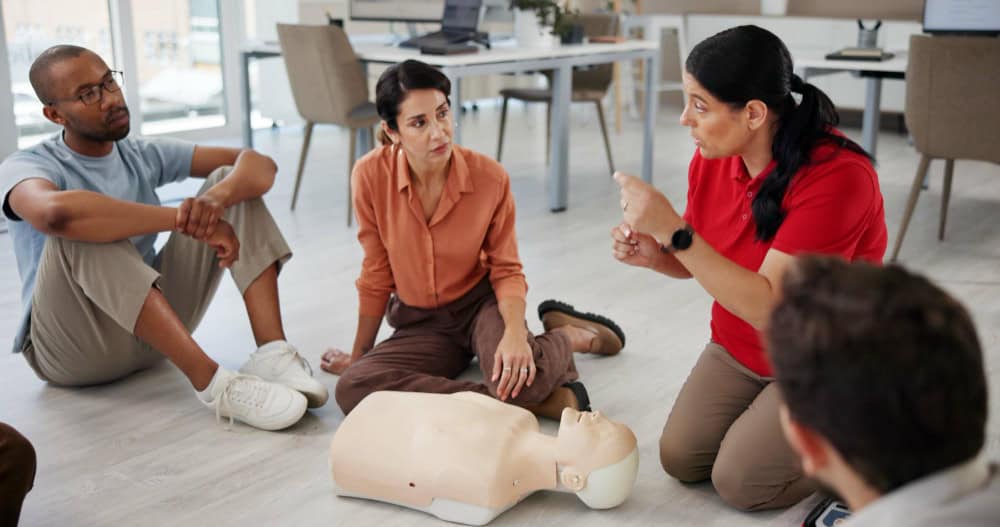
Cardiac arrest happens when the heart stops beating, cutting off blood flow to the brain and crucial organs. Without immediate action, brain damage can begin within 4-6 minutes, and if it is not addressed within 7 minutes, irreversible brain damage can occur. [2] This is where CPR steps in. Performing CPR helps keep oxygen and blood circulating until professionals arrive.
When to Give CPR

Before jumping into action, check for these key signs:
– Unconscious
– Not breathing normally or only gasping
– Not responsive even after calling or touching
If you notice these signs, call for help immediately and start CPR. But how to give CPR? If you are not trained or there is no one trained nearby, contact your doctor or talk to a doctor immediately for online assistance. Not panicking is the best way to handle the situation. As there is a thin line between doing nothing and doing something in saving someone.
How To Give CPR: Step-by-Step Guide for Adults
According to the American Heart Association (AHA) and the American Red Cross training services, here’s how to give CPR to adults:
1. Ensure the Safety Of The Place

Check for the safety of the scene and use personal protective equipment (PPE). If the person appears unresponsive, check for responsiveness.
2. Check for Responsiveness and Breathing

Shake the person gently and call out their name (if you know it). If they are unresponsive and not breathing normally or gasping for breath, don’t wait and proceed quickly.
3. Call for Help
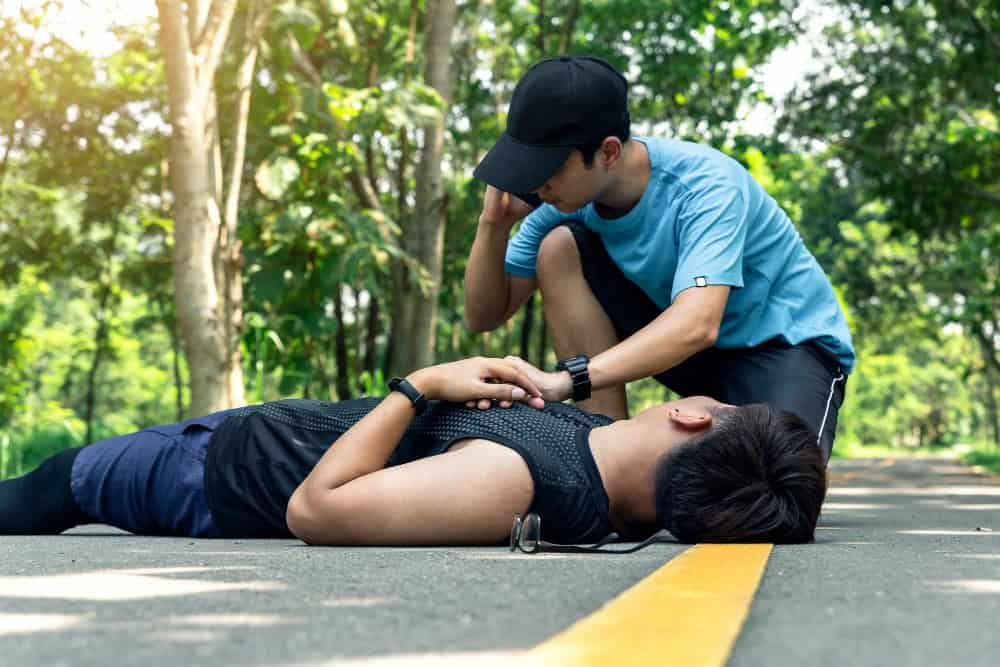
Dial emergency services. If someone’s present, ask them to call for help while you start giving chest compressions.
4. Position Properly
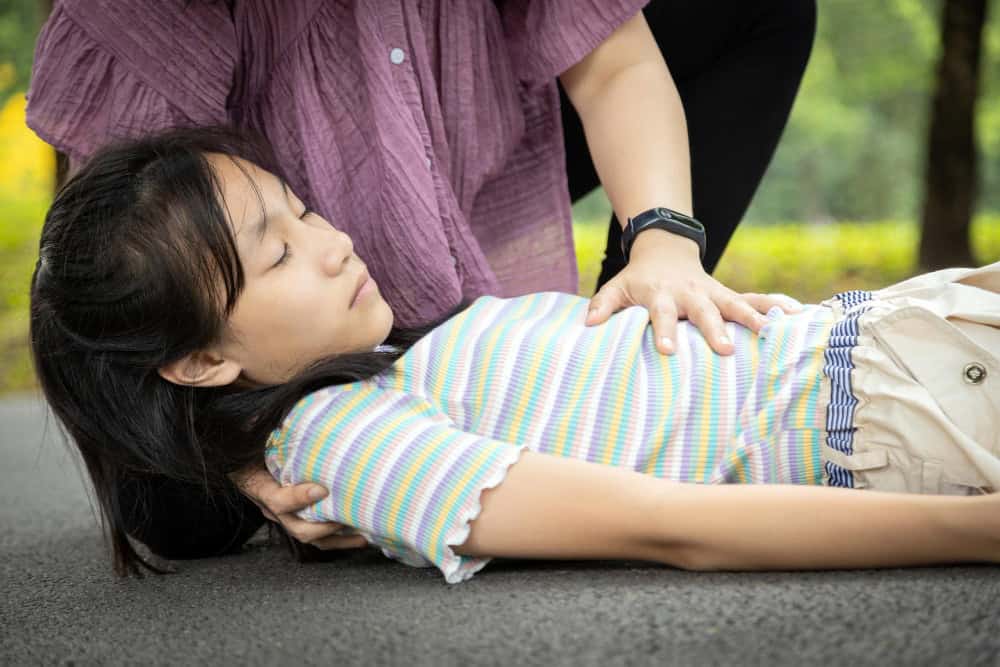
Sit down on your knees just beside them and pack them on their back on a plain or flat surface.
5. Start Chest Compressions
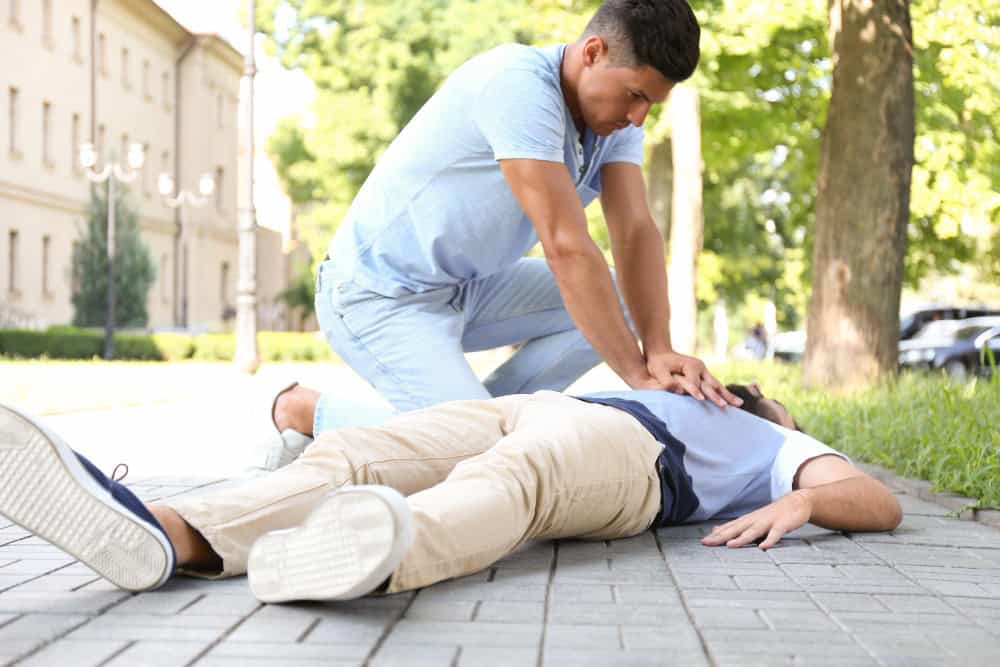
Place the heel of one hand in the centre of the chest, with the other hand on top. Push hard and fast for at least 100-120 compressions per minute, about 2 inches deep. Allow full chest recoil after each push.
6. Rescue Breath (if trained)

After every 30 compressions, give 2 rescue breaths by opening the airway to a past-neutral position by tilting the head back and lifting the chin, shutting the nose, and breathing into the mouth until the chest rises.
Simply remember it as CAB: C (compressions), A (airway), B (breathing). If you feel uncomfortable or are untrained, opt for hands-only CPR.
7. Repeat the Cycle
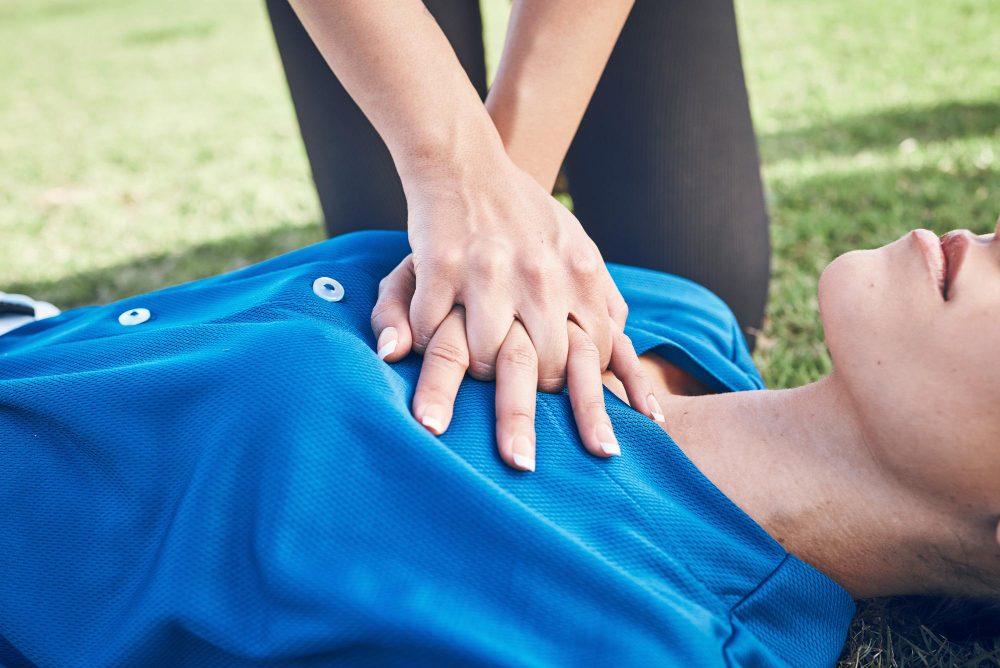
Continue the cycle of 30 compressions and 2 breaths until the professional help arrives or an AED (automated external defibrillator). [3]
How to Give CPR: For Children and Infants

Children face cardiac arrest often from breathing issues rather than heart problems, so rescue breaths are more important here.
Children (from 1 to puberty): Use one or two hands for compressions, gently and to a depth of about 2 inches. Do 30 compressions and 2 breaths.
Baby or Infant (under 1 year): Use two fingers in the centre of the chest with a depth of about one and a half inches. Start with 5 sets of 30 compressions and 2 breaths. If you can’t reach the desired depth, then you can go for the one-hand technique. [4]
Common Mistakes To Avoid During CPR

- Not calling emergency services at the start
- Shallow compressions
- Too fast/slow-paced compressions
- Not allowing proper chest recoil
- Pausing too long between compressions
Learn CPR and Save A Life
CPR is one of the most life-saving skills that you can learn. Think of it like this: your two hands could buy someone precious minutes until help arrives. With a little knowledge and the courage to act, you can truly save a life. Join Tata 1mg’s initiative and commit to protecting your heart for just a lifetime.
Take a step closer to better heart health. Pledge Today!
(The article is written by Sneha Jajoo, Intern, Clinical Health & Content, and is reviewed by Dr.Subita Alagh, Assistant Team Lead, Disease Content.)
Recommended Reads:
Heart Health Screening: Why You Need More Than a Lipid Profile Test
Why Are Indians at a Higher Risk of Heart Disease?
FAQs
Q. What is CPR?
Cardiopulmonary resuscitation is an emergency procedure that keeps blood and oxygen flowing when the heart stops beating.
Q. How to give CPR?
Place hands on the chest, push hard and fast at 100-120 compressions per minute, and give rescue breaths if trained.
Q. Can CPR restart the heart?
No, CPR alone doesn’t restart the heart – it maintains the circulation until an automated external defibrillator or medical help restores the heartbeat.
Q. How many compressions per minute for CPR?
CPR guidelines according to the American Red Cross are suggested to be 100-120 per minute.
Q. How long should you check for breathing while performing CPR?
While performing CPR, one should check for breathing for 10 seconds.
Reference:
1. What is CPR?
https://cpr.heart.org/en/resources/what-is-cpr
2. Importance of CPR
https://dphhs.mt.gov/assets/BHDD/DDP/MedicalDirector/ImportanceofCPR.pdf
3. American Red Cross Training Services. (n.d.-a). CPR steps | How to perform CPR | Red Cross. Red Cross. https://www.redcross.org/take-a-class/cpr/performing-cpr/cpr-steps?srsltid=AfmBOorlMG2MdfL3U6_rB12BIvi5XoVC_3XGPXDOhnYqyGtkEEiO2XJQ
4. American Red Cross Training Services. (n.d.). How to perform child and baby CPR | Red Cross. Red Cross. https://www.redcross.org/take-a-class/cpr/performing-cpr/child-baby-cpr?srsltid=AfmBOorMl2b3pRL_ggUFX5LIG_dO3XT94WDMWhjHi9hBV0MOU3UmklVR